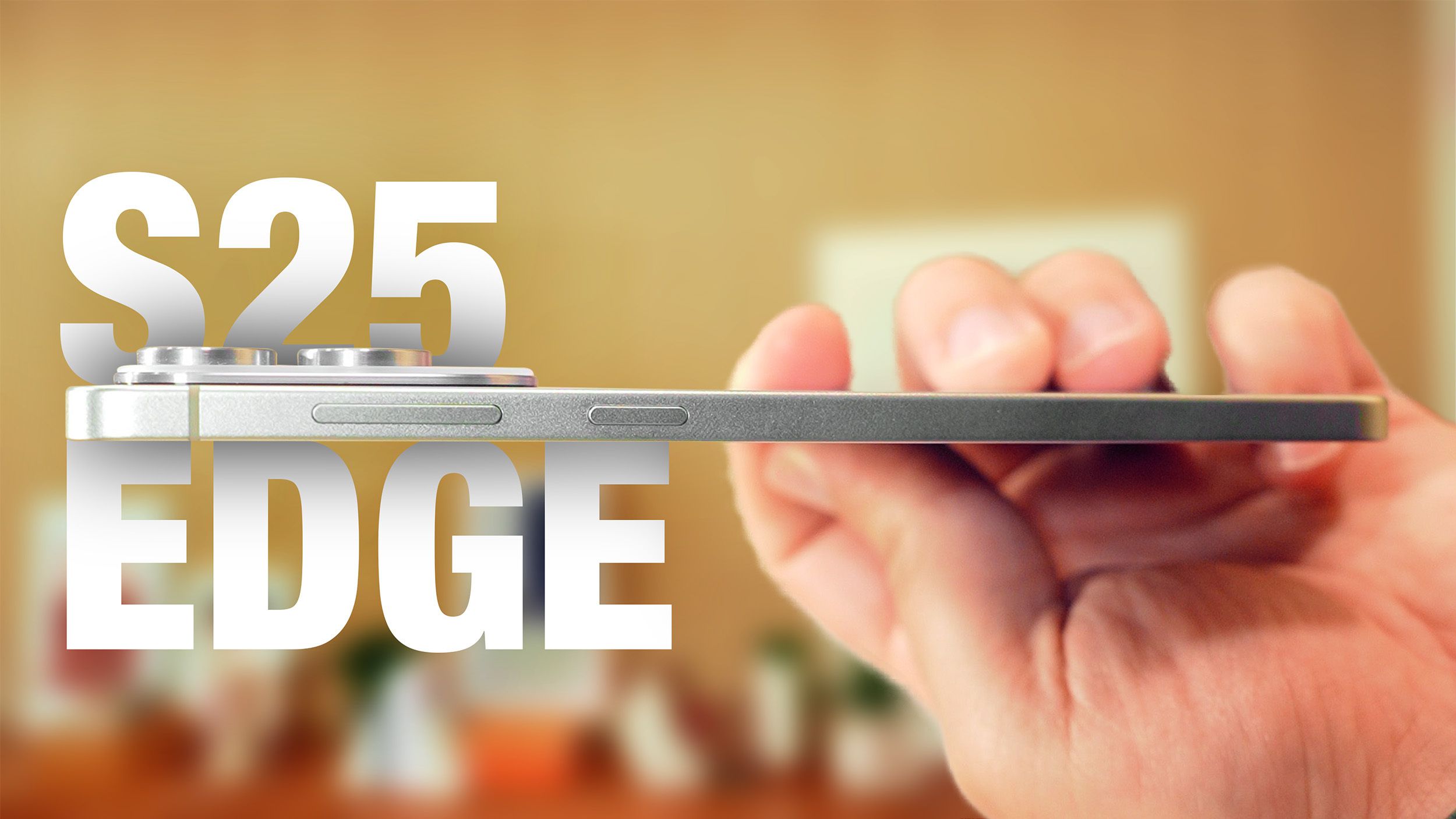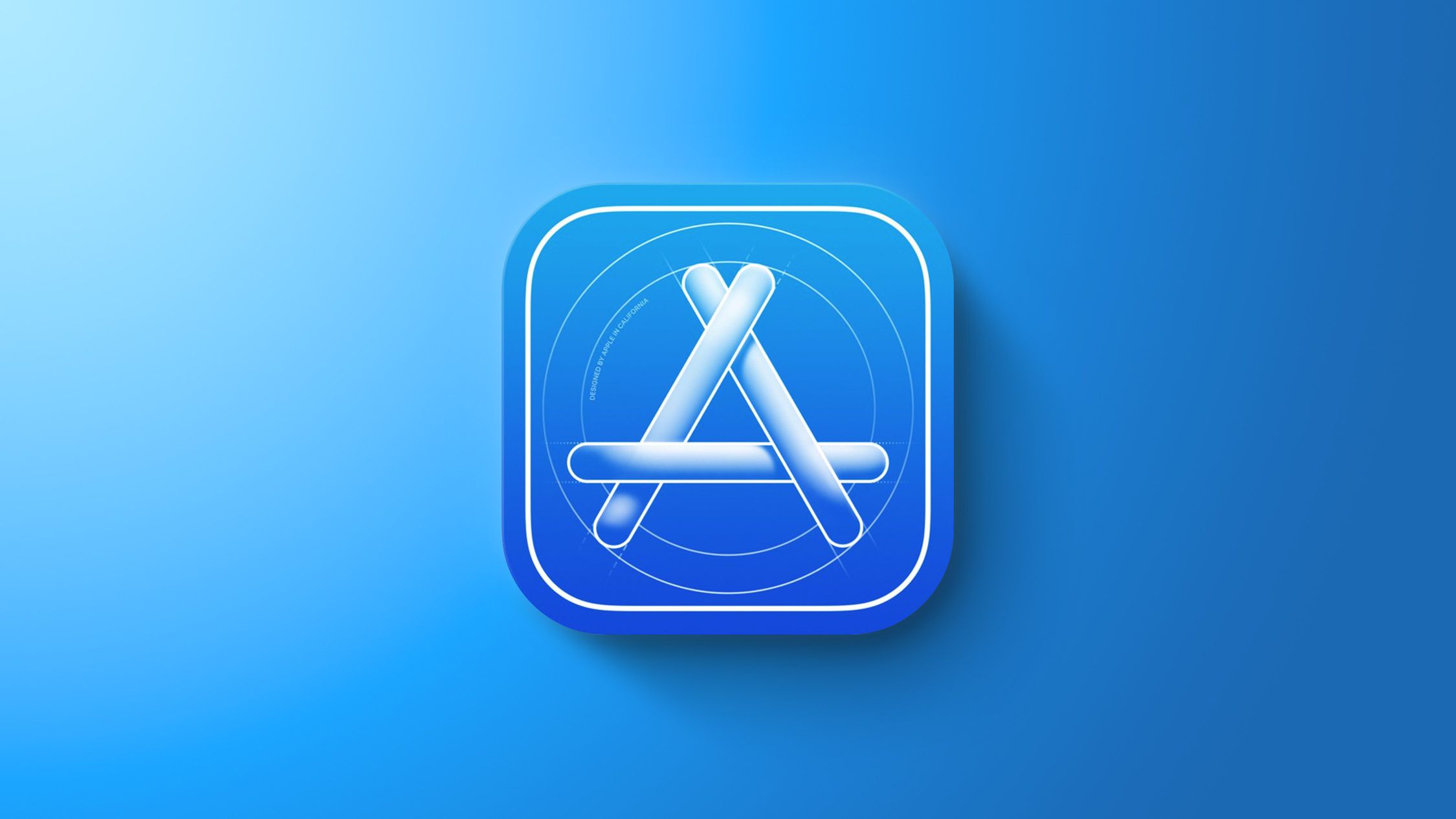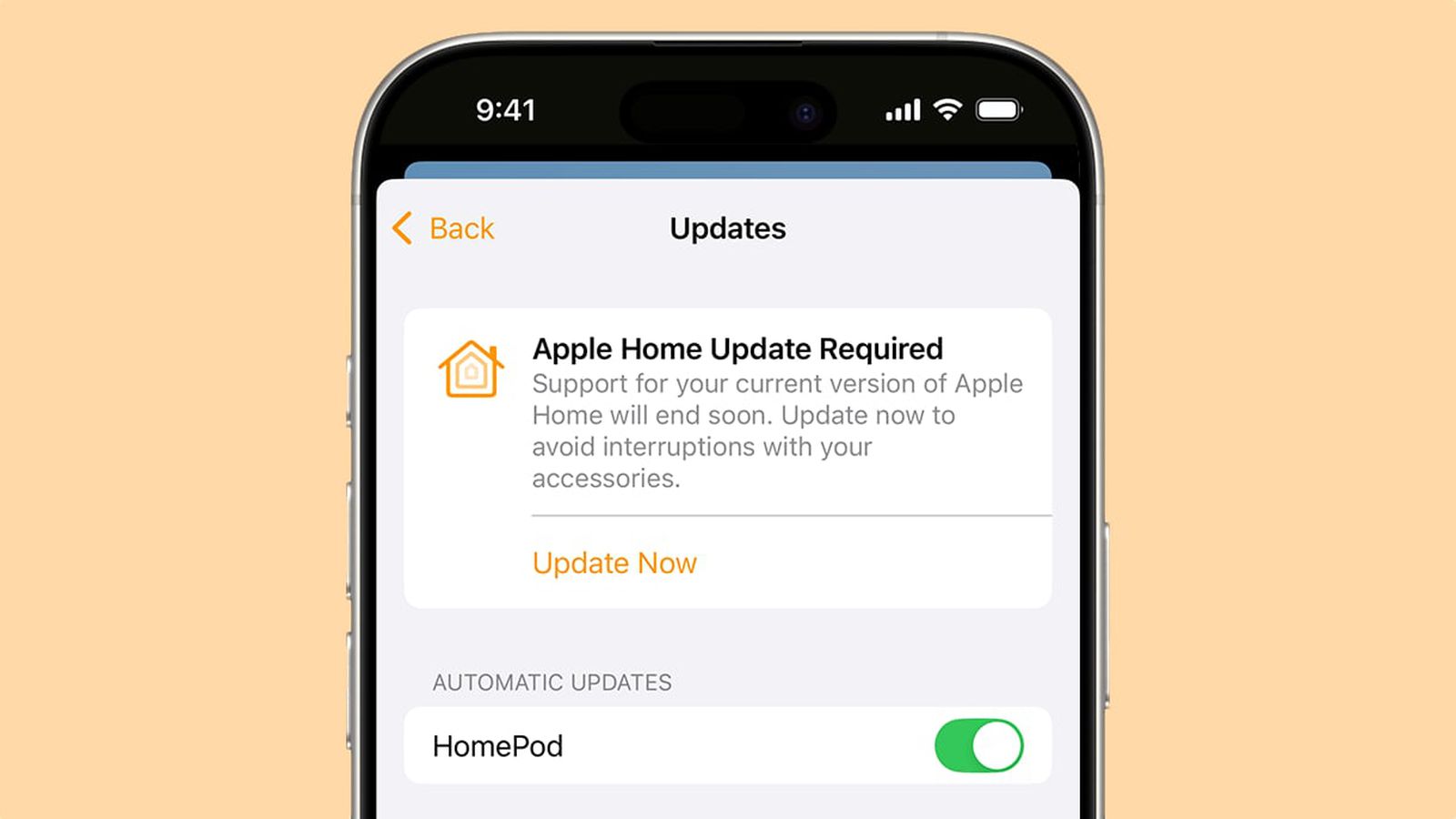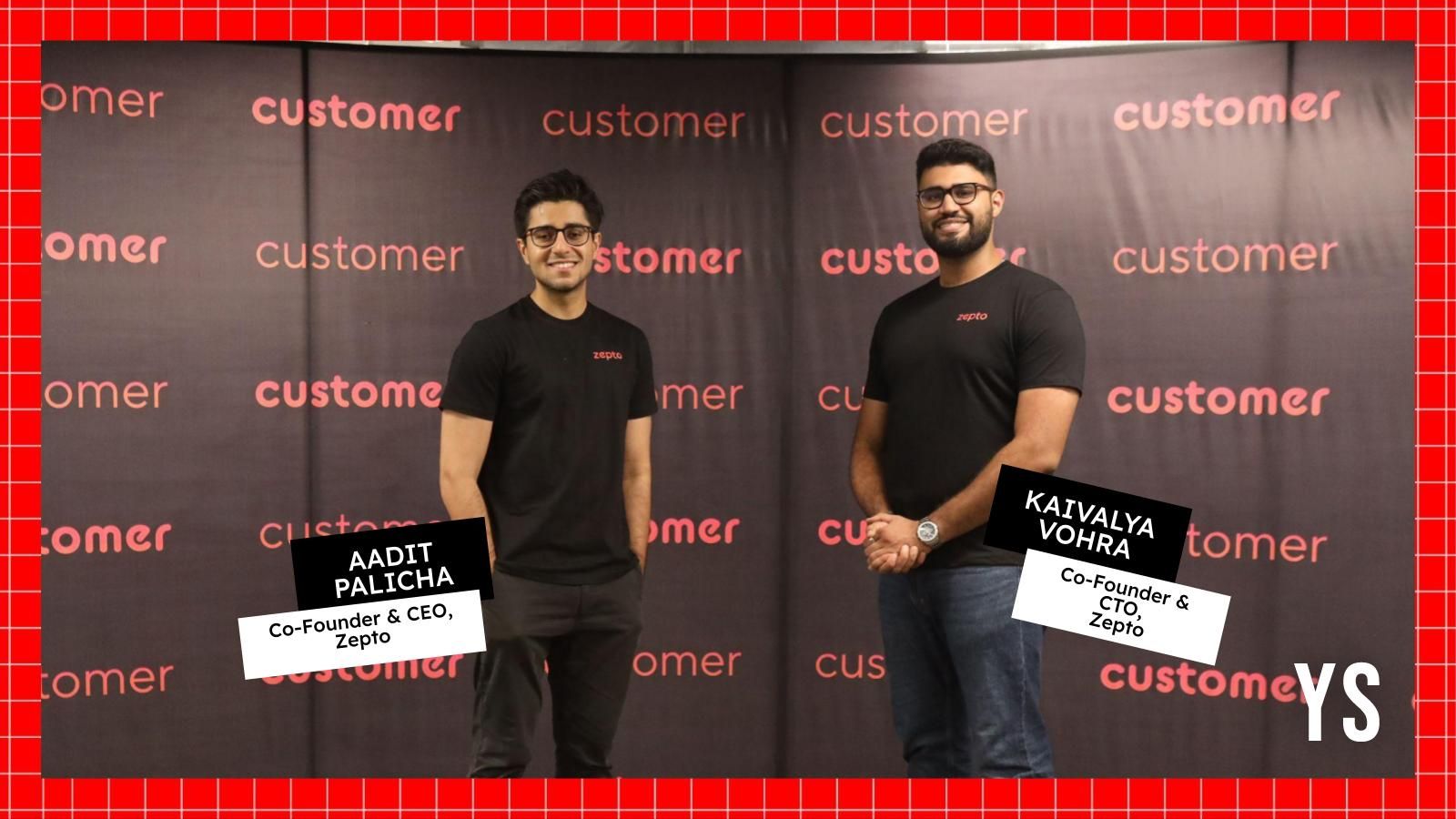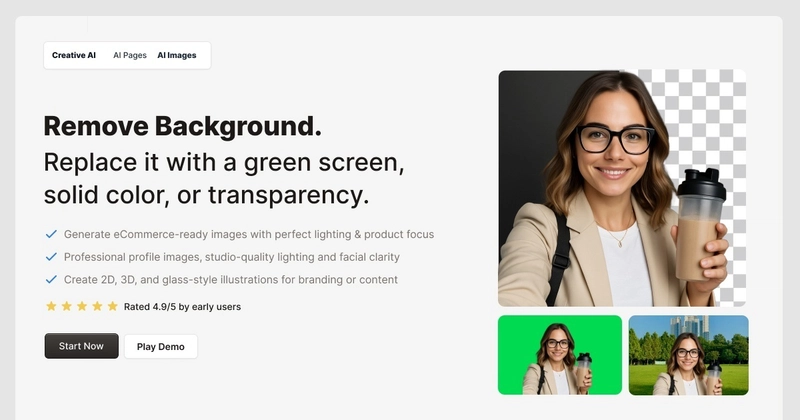How to Add Custom Fields to HubSpot Forms with ClickPatrol?
Introduction Integrating ClickPatrol’s form protection with HubSpot can significantly enhance your forms by allowing the injection of custom fields like email addresses and user IDs. However, many users face challenges with these fields not appearing in their HubSpot account, even after implementing the provided code snippets. In this article, we will explore the correct methods to add these custom fields to your HubSpot forms effectively. Understanding the Integration Challenge One common issue when using ClickPatrol's form protection with HubSpot is the failure of custom fields to display as expected. You might have added a field, such as customfield, but not seen it reflected when viewing your forms in HubSpot. This could happen due to incorrect code implementation or configuration settings that are not compatible with HubSpot's form handling. What Causes Custom Fields Not to Show? There are a few reasons why custom fields may not appear in HubSpot: Incorrect Syntax: If your JavaScript syntax is incorrect, HubSpot will not process the form properly. Event Timing: If the custom fields are being injected after the HubSpot form initialization, they might not be captured. Field Names: HubSpot requires specific naming conventions for custom fields. Step-by-Step Solution to Inject Custom Fields In this section, we will explain how to correctly modify your HubSpot form integration with ClickPatrol to include custom fields. Step 1: Include the Required Scripts Start by ensuring you have included the necessary JavaScript files for both HubSpot and ClickPatrol in your HTML. This should look like: Step 2: Customize the HubSpot Form Modify the HubSpot form creation code to include your custom fields. The corrected JavaScript code should follow proper syntax. Here is an example: hbspt.forms.create({ region: "na1", portalId: "123456", formId: "abcdef12-3456-7890-abcd-1234567890ab", onFormSubmit: function($form) { // Ensuring custom fields are included let customUserId = "[[user_id]]"; // assuming user_id is accessible here // Add custom field $form.find('input[name="email"]').val(customUserId); } }); Step 3: Test and Validate the Submission After implementing your JavaScript, test the form thoroughly: Open the form in a web browser. Fill in the custom fields. Submit the form. Check your HubSpot dashboard to confirm that the custom fields appear in the submissions. Step 4: Troubleshooting Common Issues If you find that your custom fields still aren't showing up: Check for JavaScript Errors: Ensure that your browser console does not show any error messages that might be preventing the script from executing. Review HubSpot’s Knowledge Base: Sometimes issues can arise from HubSpot's end, and seeking their support can also be useful. Data Type and Field Name: Confirm that the names used for the custom fields in your form are matching precisely the expected names in HubSpot. Frequently Asked Questions (FAQ) Q1: Can I add multiple custom fields to HubSpot forms? A1: Yes, you can add as many custom fields as needed by following the pattern shown in the example code, ensuring that each field is properly set up to match HubSpot’s requirements. Q2: What if my data doesn't populate correctly in HubSpot? A2: Double-check the syntax of your JavaScript code and ensure that the field names align with those in your HubSpot settings. You may also need to consult HubSpot's documentation for any updates or changes regarding custom fields. Q3: Is ClickPatrol compatible with all HubSpot form fields? A3: ClickPatrol should work with standard HubSpot form fields. However, ensure to test any custom implementations thoroughly before deploying them widely. Conclusion Integrating ClickPatrol’s form protection into your HubSpot setup to include custom fields can be challenging, but by following the outlined methods and troubleshooting steps, you can ensure a successful integration. Always test your forms rigorously and consult the provided resources for additional support if needed. With these changes, your custom fields should show up seamlessly in HubSpot, allowing you to capture more user data effectively.

Introduction
Integrating ClickPatrol’s form protection with HubSpot can significantly enhance your forms by allowing the injection of custom fields like email addresses and user IDs. However, many users face challenges with these fields not appearing in their HubSpot account, even after implementing the provided code snippets. In this article, we will explore the correct methods to add these custom fields to your HubSpot forms effectively.
Understanding the Integration Challenge
One common issue when using ClickPatrol's form protection with HubSpot is the failure of custom fields to display as expected. You might have added a field, such as customfield, but not seen it reflected when viewing your forms in HubSpot. This could happen due to incorrect code implementation or configuration settings that are not compatible with HubSpot's form handling.
What Causes Custom Fields Not to Show?
There are a few reasons why custom fields may not appear in HubSpot:
- Incorrect Syntax: If your JavaScript syntax is incorrect, HubSpot will not process the form properly.
- Event Timing: If the custom fields are being injected after the HubSpot form initialization, they might not be captured.
- Field Names: HubSpot requires specific naming conventions for custom fields.
Step-by-Step Solution to Inject Custom Fields
In this section, we will explain how to correctly modify your HubSpot form integration with ClickPatrol to include custom fields.
Step 1: Include the Required Scripts
Start by ensuring you have included the necessary JavaScript files for both HubSpot and ClickPatrol in your HTML. This should look like:
Step 2: Customize the HubSpot Form
Modify the HubSpot form creation code to include your custom fields. The corrected JavaScript code should follow proper syntax. Here is an example:
Step 3: Test and Validate the Submission
After implementing your JavaScript, test the form thoroughly:
- Open the form in a web browser.
- Fill in the custom fields.
- Submit the form.
- Check your HubSpot dashboard to confirm that the custom fields appear in the submissions.
Step 4: Troubleshooting Common Issues
If you find that your custom fields still aren't showing up:
- Check for JavaScript Errors: Ensure that your browser console does not show any error messages that might be preventing the script from executing.
- Review HubSpot’s Knowledge Base: Sometimes issues can arise from HubSpot's end, and seeking their support can also be useful.
- Data Type and Field Name: Confirm that the names used for the custom fields in your form are matching precisely the expected names in HubSpot.
Frequently Asked Questions (FAQ)
Q1: Can I add multiple custom fields to HubSpot forms?
A1: Yes, you can add as many custom fields as needed by following the pattern shown in the example code, ensuring that each field is properly set up to match HubSpot’s requirements.
Q2: What if my data doesn't populate correctly in HubSpot?
A2: Double-check the syntax of your JavaScript code and ensure that the field names align with those in your HubSpot settings. You may also need to consult HubSpot's documentation for any updates or changes regarding custom fields.
Q3: Is ClickPatrol compatible with all HubSpot form fields?
A3: ClickPatrol should work with standard HubSpot form fields. However, ensure to test any custom implementations thoroughly before deploying them widely.
Conclusion
Integrating ClickPatrol’s form protection into your HubSpot setup to include custom fields can be challenging, but by following the outlined methods and troubleshooting steps, you can ensure a successful integration. Always test your forms rigorously and consult the provided resources for additional support if needed. With these changes, your custom fields should show up seamlessly in HubSpot, allowing you to capture more user data effectively.
















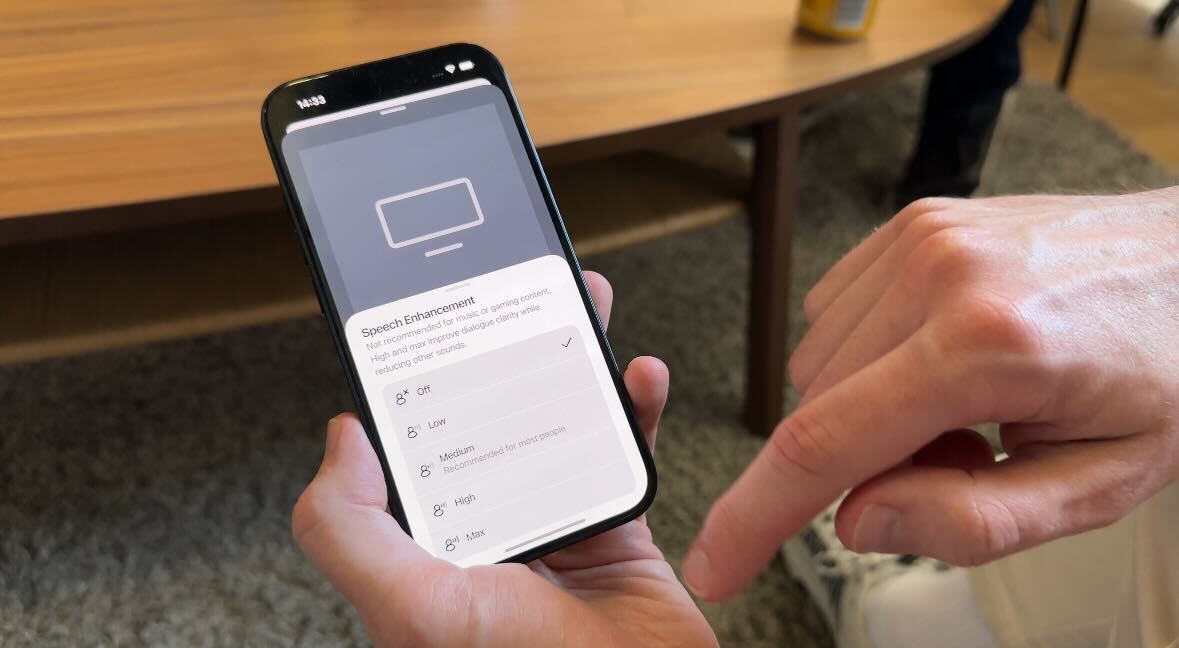






















































































































































![[The AI Show Episode 145]: OpenAI Releases o3 and o4-mini, AI Is Causing “Quiet Layoffs,” Executive Order on Youth AI Education & GPT-4o’s Controversial Update](https://www.marketingaiinstitute.com/hubfs/ep%20145%20cover.png)










































































































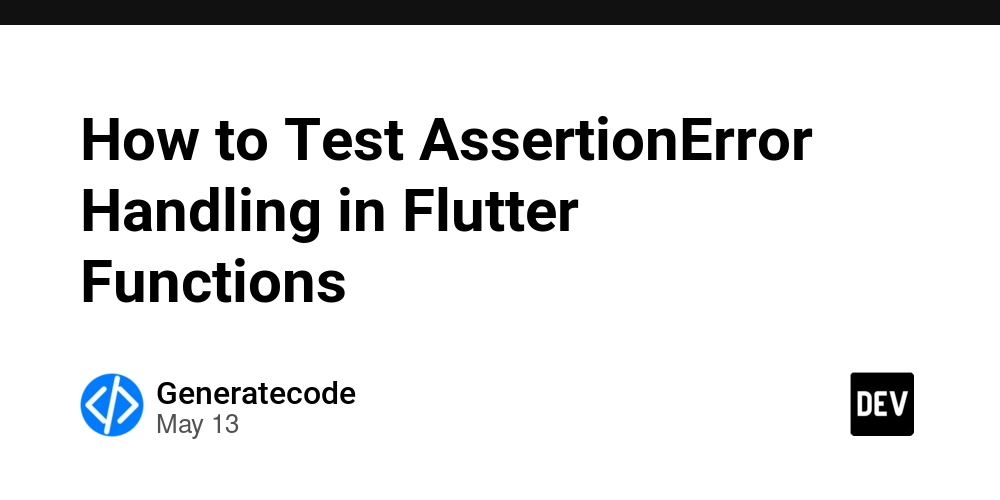


















![Ditching a Microsoft Job to Enter Startup Purgatory with Lonewolf Engineer Sam Crombie [Podcast #171]](https://cdn.hashnode.com/res/hashnode/image/upload/v1746753508177/0cd57f66-fdb0-4972-b285-1443a7db39fc.png?#)



















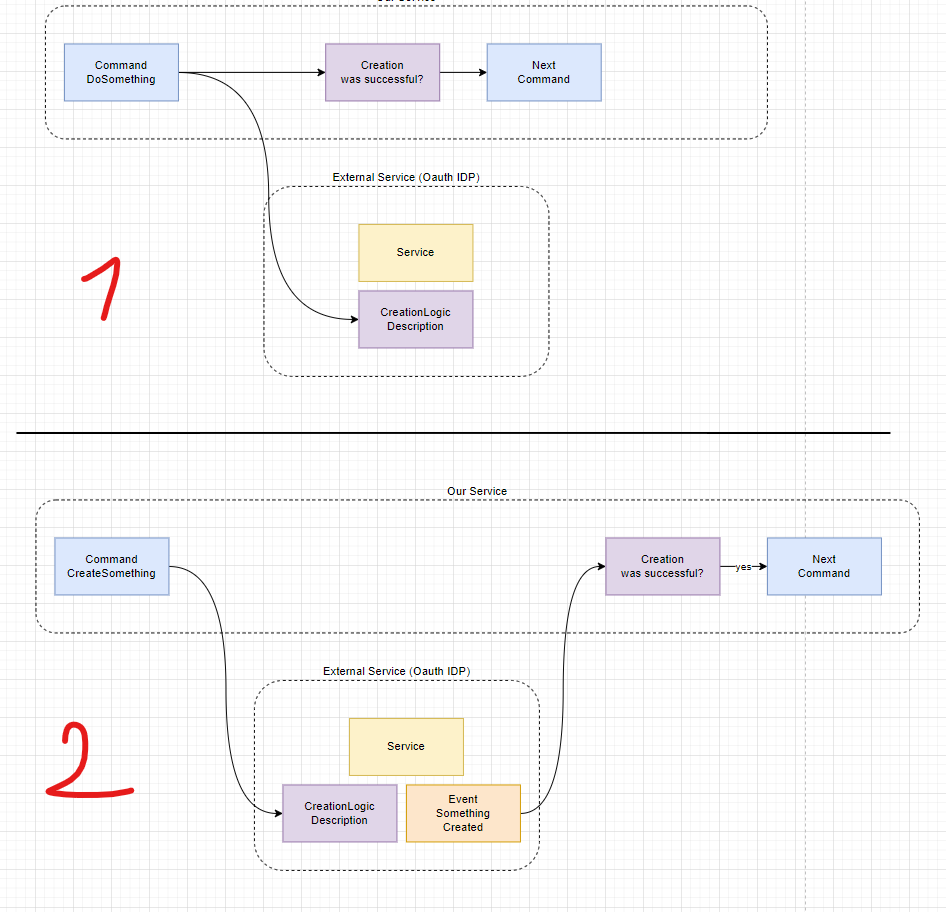

















































































































_Piotr_Adamowicz_Alamy.jpg?width=1280&auto=webp&quality=80&disable=upscale#)






































































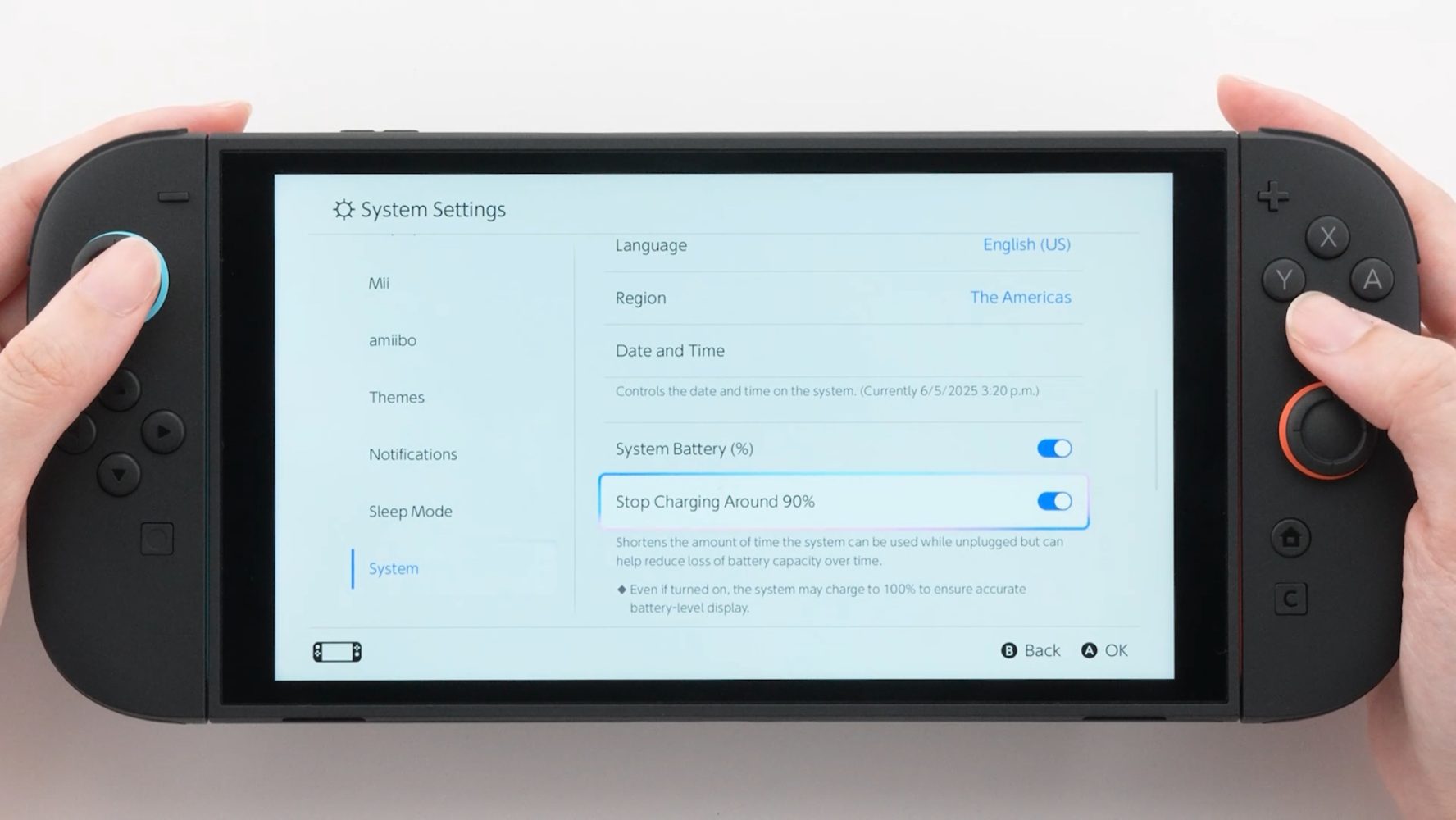

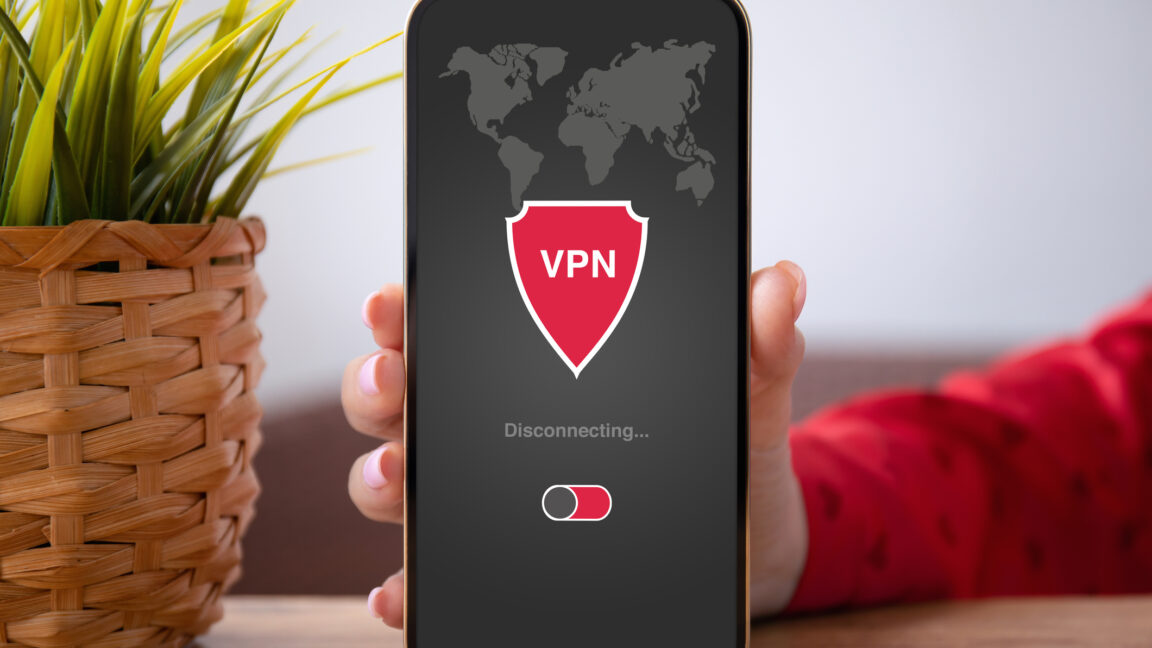




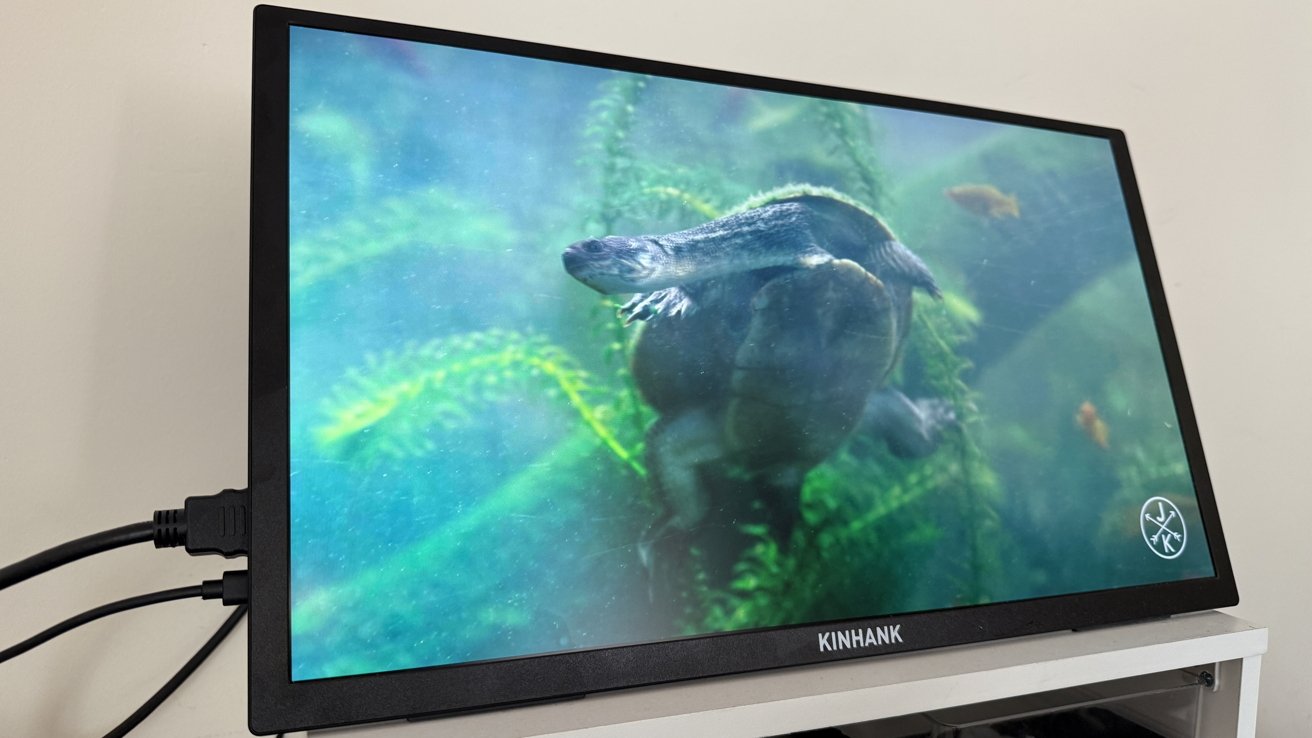
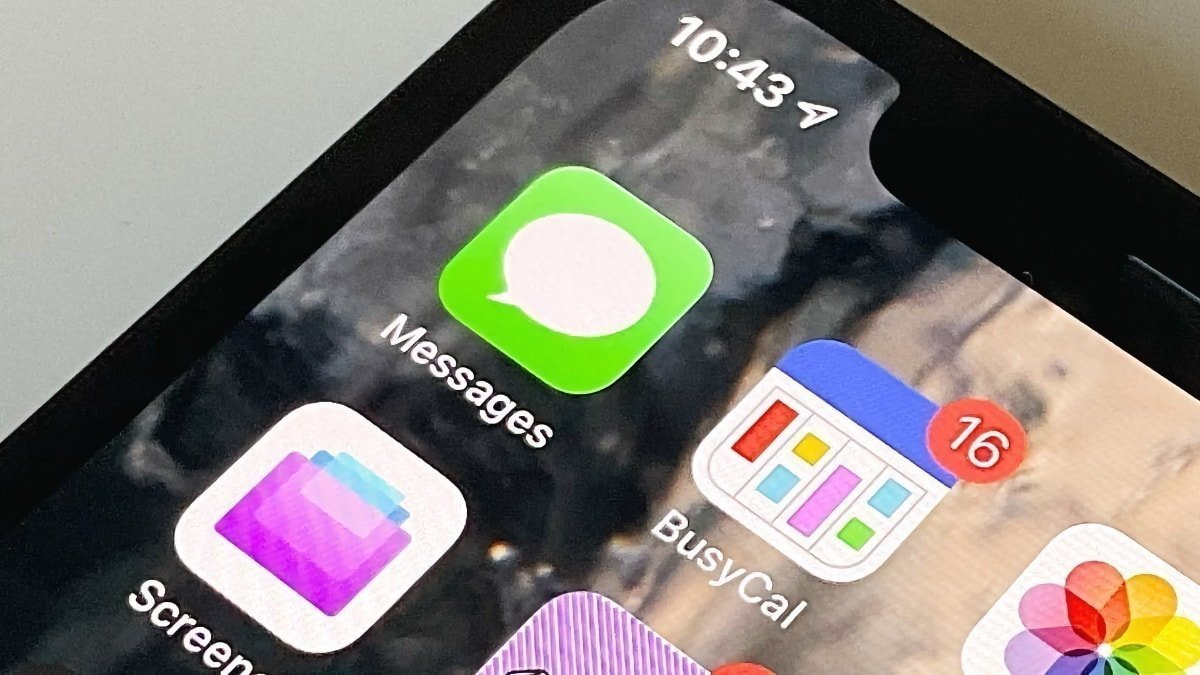
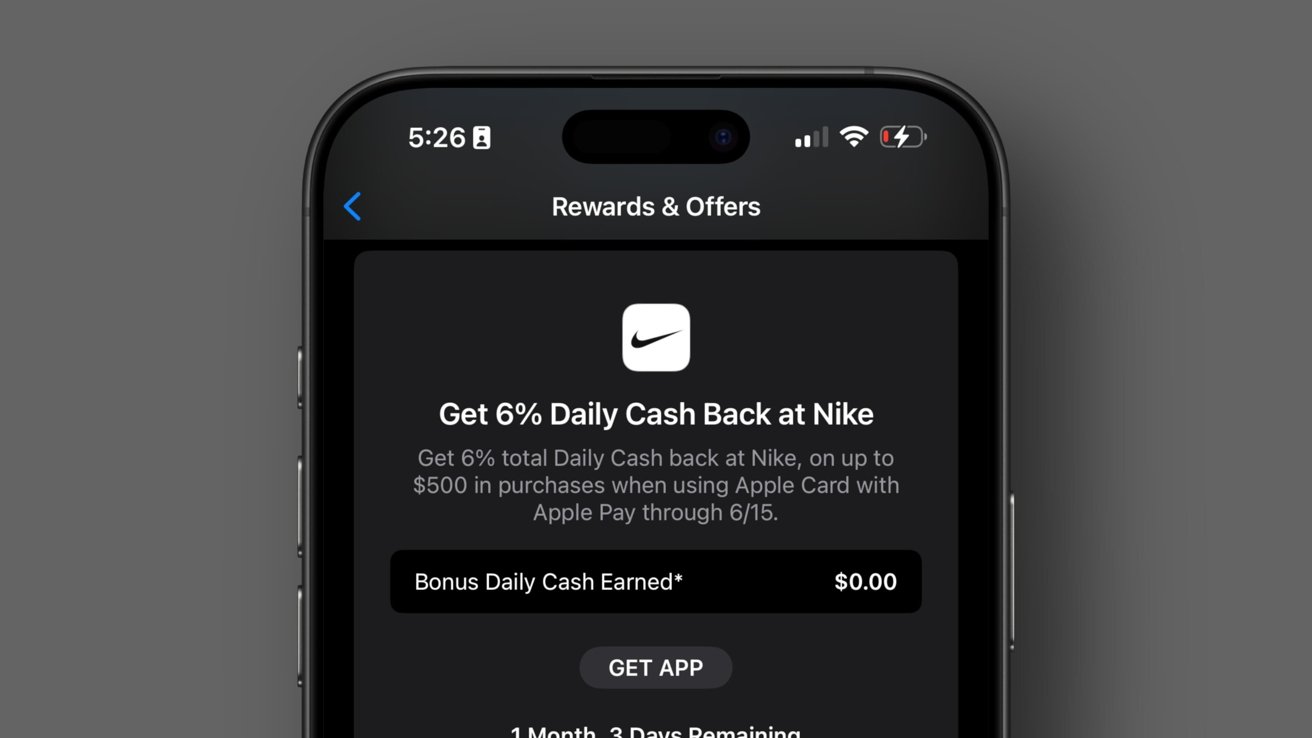

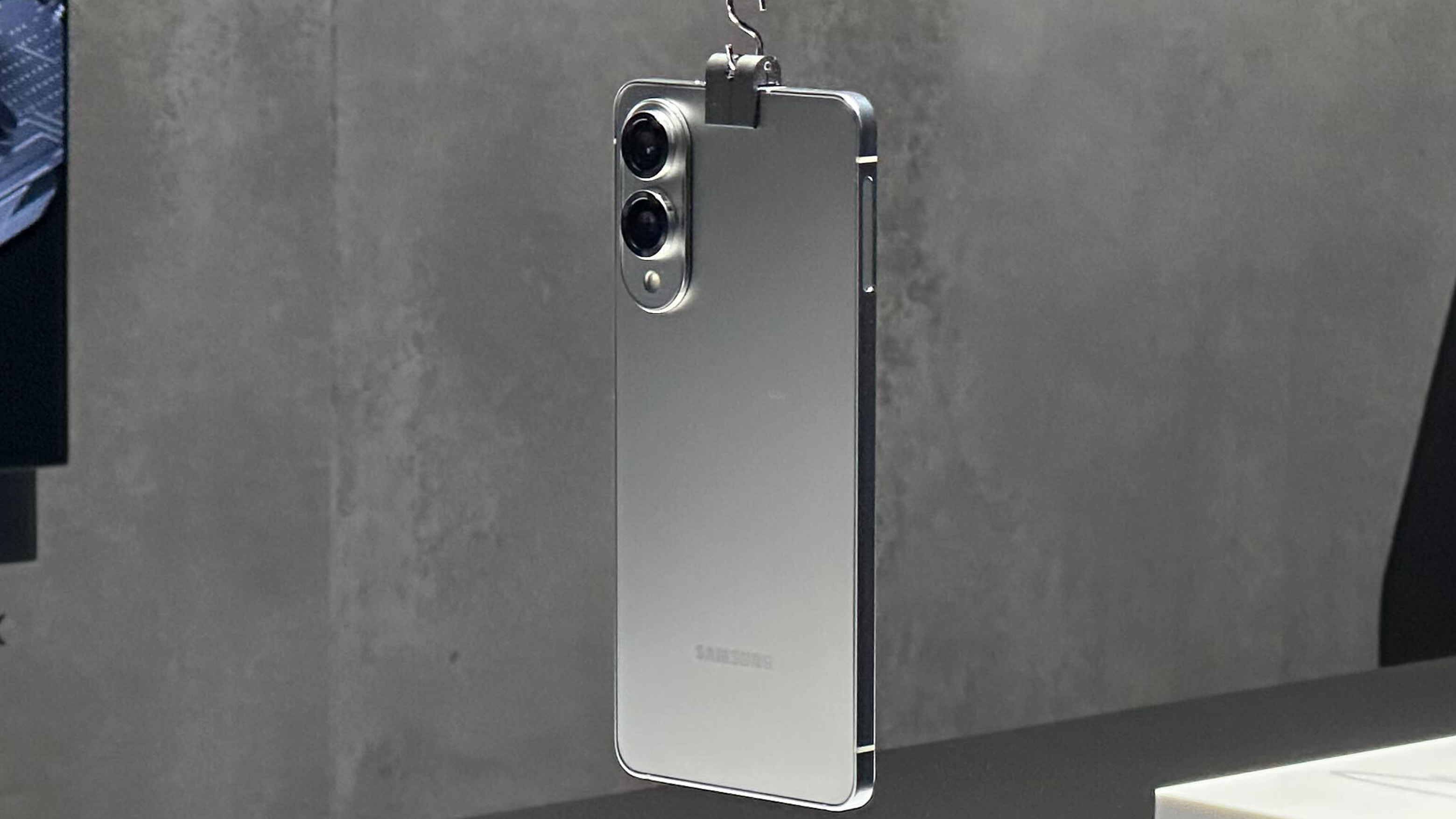

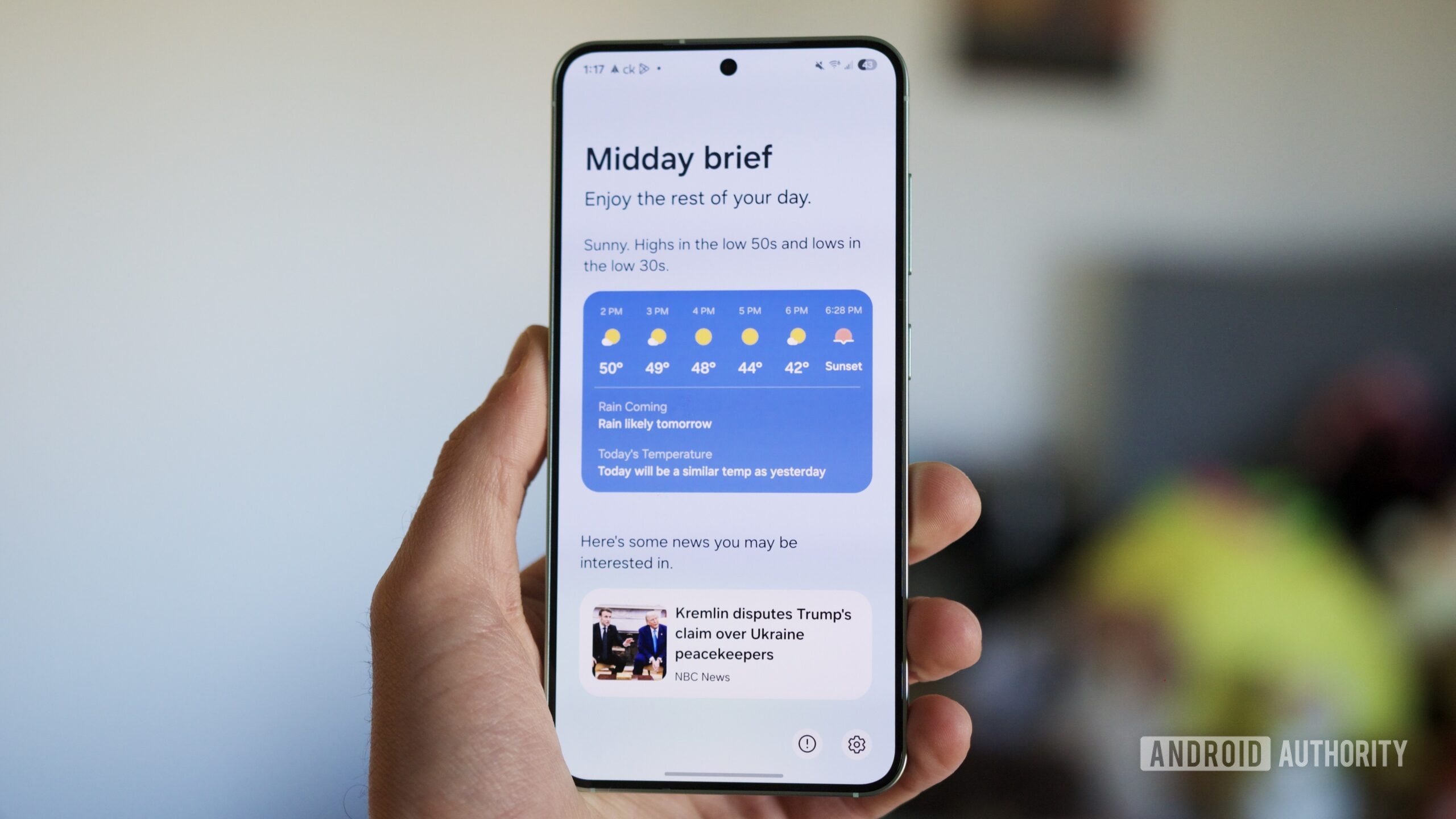

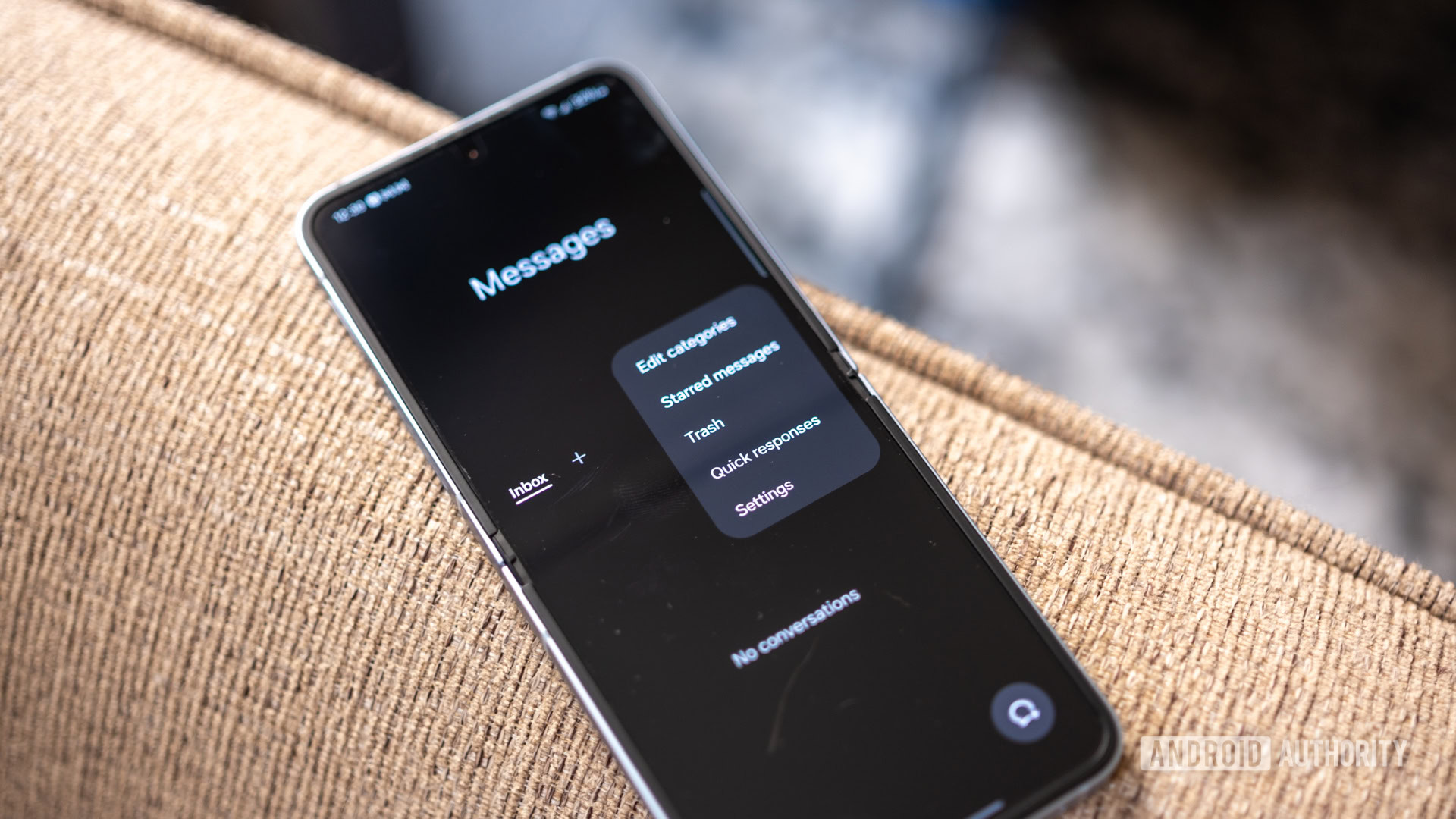
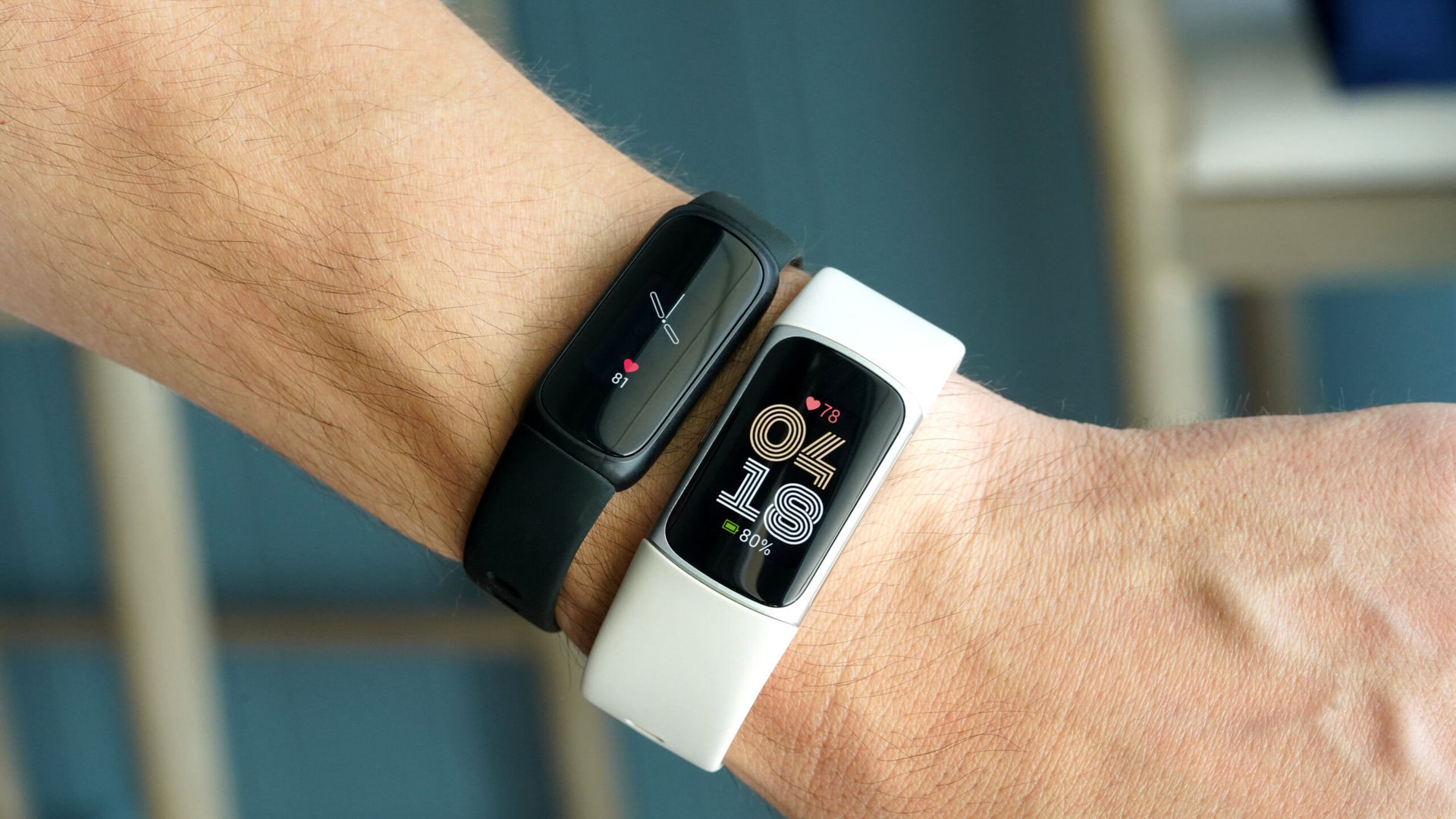


















![Samsung's New Galaxy S25 Edge Takes Aim at 'iPhone 17 Air' [Video]](https://www.iclarified.com/images/news/97276/97276/97276-640.jpg)
![Apple to Launch AI-Powered Battery Saver Mode in iOS 19 [Report]](https://www.iclarified.com/images/news/97309/97309/97309-1280.jpg)

![Apple Officially Releases macOS Sequoia 15.5 [Download]](https://www.iclarified.com/images/news/97308/97308/97308-640.jpg)








































